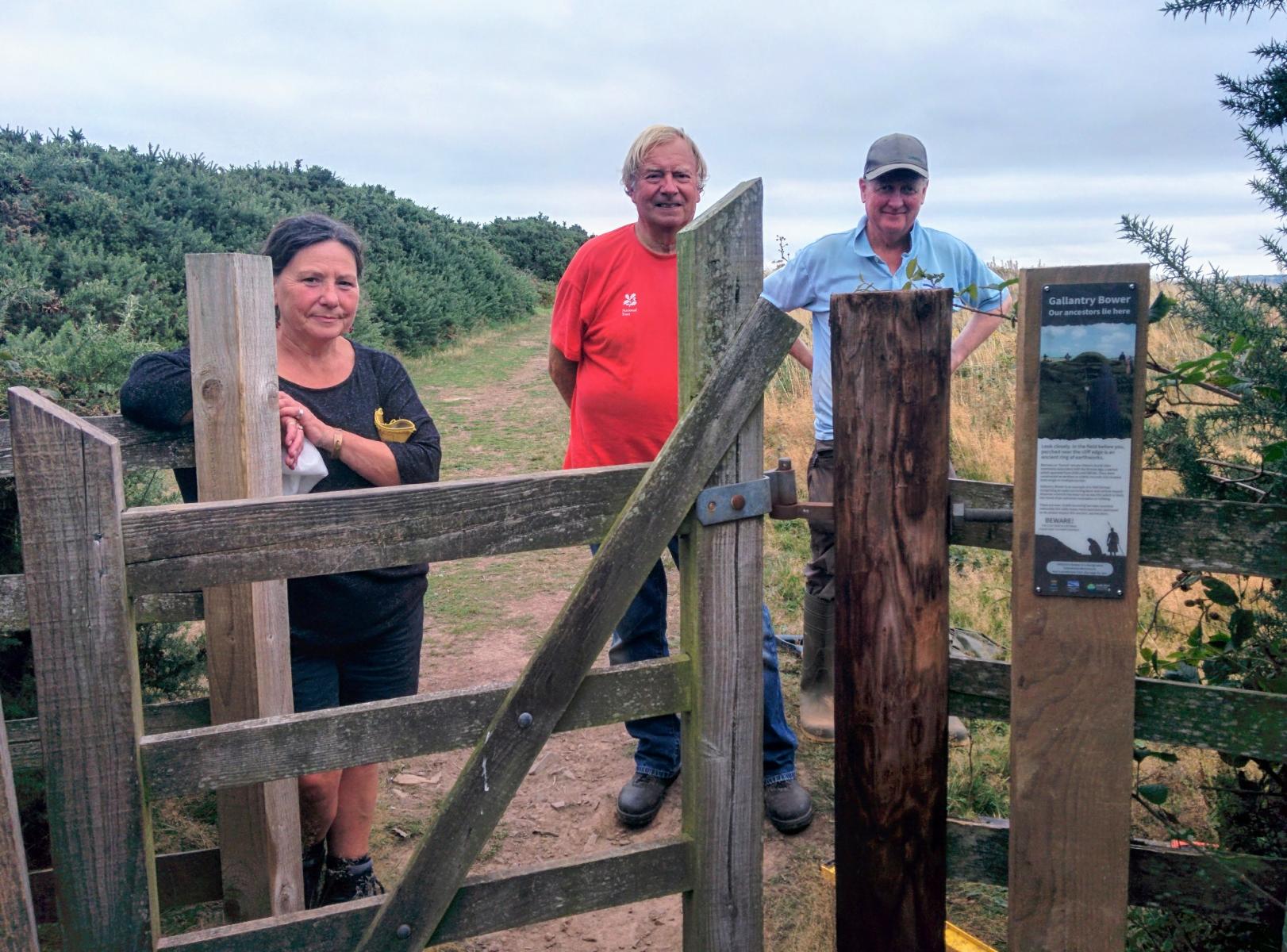
Bowl barrows, the most numerous form of round barrow, they are funerary monuments dating from the Late Neolithic period to the Late Bronze Age, with most examples belonging to the period 2400-1500 BC.
They were constructed as earthen or rubble mounds, sometimes ditched, which covered single or multiple burials. They occur either in isolation or grouped as cemeteries and often acted as a focus for burials in later periods. Often superficially similar, although differing widely in size, they exhibit regional variations in form and a diversity of burial practices. There are over 10,000 surviving bowl barrows recorded nationally (many more have already been destroyed), occurring across most of lowland Britain. Often occupying prominent locations, they are a major historic element in the modern landscape and their considerable variation of form and longevity as a monument type provide important information on the diversity of beliefs and social organisations amongst early prehistoric communities. They are particularly representative of their period and a substantial proportion of surviving examples are considered worthy of protection.
Despite evidence for partial excavation, the bowl barrow at Gallantry Bower survives well in a prominent location overlooking Bideford Bay. Archaeological and environmental information relating to the monument and the landscape in which it was constructed survives in and under this mound and encircling bank. Bowl barrows with an outer bank are relatively rare.
The barrow survives as a 9.3m diameter mound standing up to 1.1m high, surrounded by a 2.1m wide and 0.6m deep ditch. Sitting on the outer edge of this ditch is a 3.3m wide bank standing up to 0.4m high. At least six edge set stones within the northern side of this bank may indicate the presence of a kerb, which survives elsewhere as a buried feature. The monument measures 19.9m in overall diameter. A 2m wide and 0.4m deep trench cutting across the mound from north-west to south east may be the result of a partial early excavation or robbing. Given the prominent location of the barrow, it has been suggested that it may have been reused in historic times as a beacon.
A copy of the report detailing the Gallantry Bower Bowl Barrow archaeological magnetometer survey can be downloaded here

